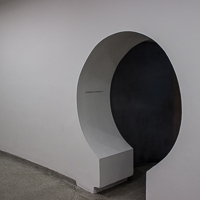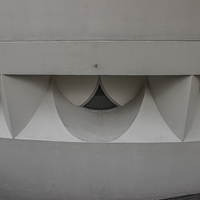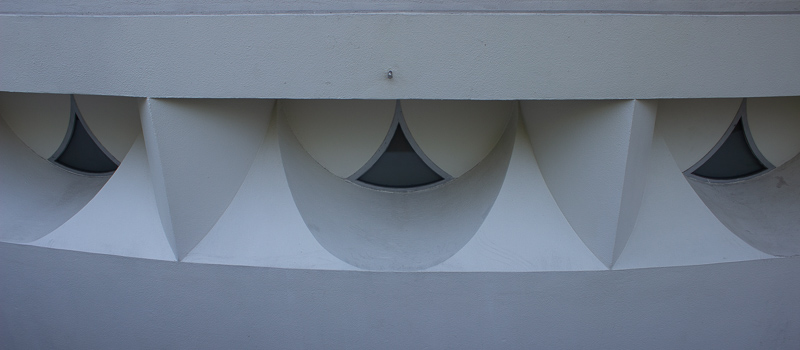
About the Museum
What began as a high-profile artistic criticism of the building housing the Guggenheim Museum is now one of its greatest assets: that any visit is as much about experiencing the unique gallery space as whatever art happens to adorn the walls or hang in the rotunda. In the past 50 years, the building has become the international symbol of the New York Art world and one of the city's most recognizable icons. But a day at the Guggenheim is never just about the building--in the end, it serves its purpose as the perfect canvas for some of the most discussed art exhibits in the city.

What You Will See
The building often overshadows the art it showcases, particularly the permanent collection. Frank Lloyd Wright's masterpiece would be a necessary stop if it stood empty. Take time to appreciate the building, but then focus on the art. The famed rotunda is generally reserved for temporary exhibits, while the small (but powerful) permanent collection is on display in the annex. Watch the calendar: between exhibits, there is not much to see to justify even the discounted admission price. But when there is a blockbuster exhibit, crowds get large and lines get long. Definitely visit, but visit judiciously.

Why You Should Go
Only the Met, the MoMA and the Natural History Museum host more visitors in a year than the Guggenheim. The building sells itself and merits an obligatory visit by tourists--as does the permanent collection. However, the range and volatility of the changing exhibits can make it a bit of a gamble for one-time tourists who may expect a traditional gallery experience. But for locals, a seasonal visit is mandatory in order to participate in the city-wide conversation that latest exhibit sparks. The museum not only preserves evidence of the artistic transition towards modernist styles but actively cultivates ideas which could mark the next major shift.










